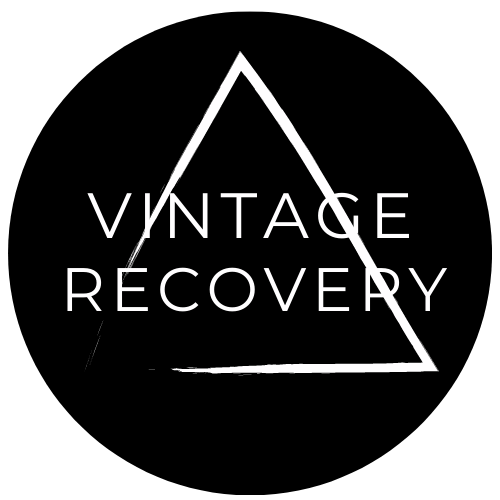
How does fashion pollute the environment?
Share
In our fast-paced world, fashion trends come and go at the speed of light. Unfortunately, the environmental consequences of our insatiable appetite for the latest styles often linger long after the runway lights have dimmed. The fashion industry, known for its glamour and innovation, also holds a darker secret: its significant contribution to environmental pollution. In this blog, we will delve into the environmental impact of fashion and explore actionable steps consumers can take to make more sustainable choices.
The Environmental Toll of Fast Fashion:
-
Water Pollution: Fast fashion's demand for cheap and quick production leads to excessive water consumption and pollution. Dyeing processes, especially in countries with lax environmental regulations, release harmful chemicals into waterways, affecting aquatic ecosystems and local communities.
-
Textile Waste: The throwaway culture of fast fashion results in mountains of textile waste. Synthetic fabrics take centuries to decompose, contributing to overflowing landfills. The decomposition of organic materials also releases methane, a potent greenhouse gas.
-
Carbon Footprint: The global fashion supply chain is highly energy-intensive, contributing significantly to carbon emissions. From manufacturing and transportation to retail, the entire life cycle of a garment leaves a carbon footprint that exacerbates climate change.
Empowering Consumers for Change:
-
Educate Yourself: Start by understanding the fashion industry's impact on the environment. Stay informed about sustainable practices, eco-friendly materials, and responsible brands. Websites, documentaries, and ethical fashion blogs are excellent resources to deepen your knowledge.
-
Choose Quality Over Quantity: Embrace a mindset shift from buying more to buying better. Invest in high-quality, timeless pieces that withstand the test of trends. Quality garments typically last longer, reducing the need for frequent replacements and curbing the environmental impact.
-
Support Sustainable Brands: Seek out and support fashion brands committed to sustainability. Look for certifications like Fair Trade, Global Organic Textile Standard (GOTS), and others that indicate ethical and environmentally friendly practices. Supporting such brands encourages industry-wide change.
-
Second-Hand and Vintage Shopping: Give pre-loved clothing a second chance. Thrifting and vintage shopping not only reduce demand for new production but also offer unique and affordable fashion choices. It's a win-win for your wallet and the environment.
-
Clothing Care: Extend the life of your clothes by following proper care practices. Wash clothes in cold water, air dry when possible, and avoid over washing. Proper maintenance ensures your wardrobe stays in good condition, reducing the need for frequent replacements.
-
Upcycling and DIY: Get creative with your wardrobe by upcycling old garments or trying do-it-yourself (DIY) projects. Transforming an old piece into something new not only reduces waste but also adds a personal touch to your style.
The environmental toll of fashion is a pressing issue that requires collective action. As consumers, our choices can shape the industry's future. By educating ourselves, supporting sustainable brands, and adopting conscious shopping habits, we can contribute to a more environmentally friendly and ethical fashion landscape. Let's redefine our relationship with fashion, prioritising longevity, sustainability, and responsibility for the well-being of our planet.
